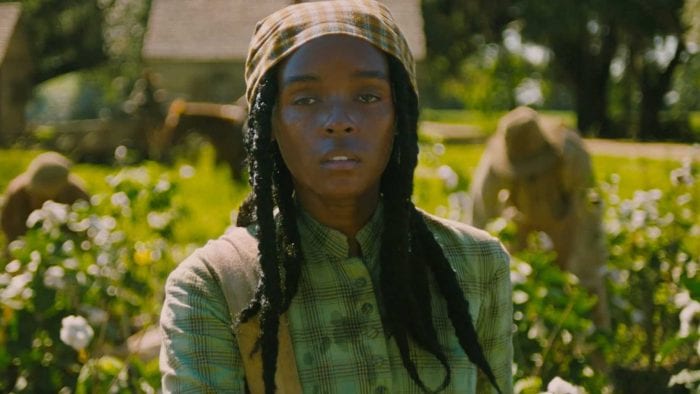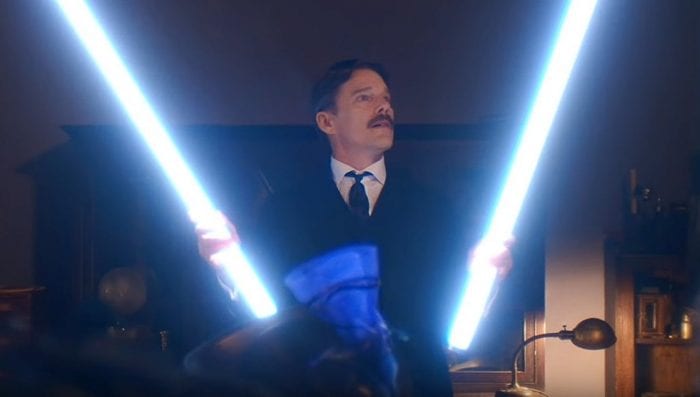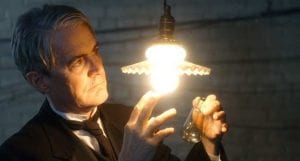Reviewed by Jeffrey Sanzel
Last week, I reviewed the movie Alone, a cat-and-mouse/abduction film. This week, we turn to Alone, a zombie apocalypse movie. This is not the Indian horror film Alone, which follows the angry spirit of a murdered conjoined twin. And it’s highly unlikely that it would be confused with the reality series Alone, that has been running since 2015.
So … this Alone (the zombie one) … is similar to the Korean film #Alive. This would make sense as #Alive’s screenplay was co-written by Matt Naylor, who provided the screenplay for Alone. Both seem to have been cribbed from the 2018 French film The Night Eats the World.
Which brings us back to Alone—the zombie apocalypse one. Director Johnny Martin and writer Matt Naylor have attempted to do something different, with mixed results. They get an A for effort and a B+ for creativity. The visual effects are okay if not spectacular; let’s say a B. Character development is weak even in its best moments — maybe a D+.
The film begins on day 42 of the apocalypse. Aidan (Tyler Posey, who appears in just about every frame of the film) has been video logging during this time, as he announces this to the camera. The next moment, he is seen trying hang himself. Then it flashes back to 42 days earlier, Aidan, sans beard, in bed with … someone. She sneaks out and is never heard from again. Clearly, she is not going to be a major player.
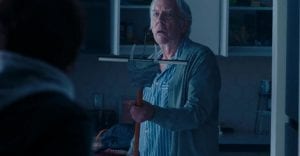
He turns on the television to be greeted by the chilling Emergency Broadcast System. Then all hell breaks loose. There are sounds of yelling and breaking glass; a helicopter crashes; people are running in the streets. A little girl is set upon by shrieking zombies. His neighbor, Brandon (Robert Ri’chard), who he has never met, stumbles into his apartment; he was just attacked by his roommate. Thus, the set-up.
It is strange that it all happens at once — that there was no warning, no build-up. Especially as the talking heads on the television share that the virus is transmitted through the blood — scratches and bites. You’d think there would have been some kind of change that led to total destruction … and not insta-zombies. But, these are the cards that we’re dealt.
Aidan realizes Brandon is infected and forces Brandon out as he transforms. He watches the destruction in his hall through the peephole and then just listens to the cries for help and the murderous attacks.
The next stretch involves the disintegration of the world as reflected in the one apartment building. Phone circuits go from busy to dead. Sirens. More yelling and screaming. The infected wander the halls, banging on doors. Aidan counts the days by marking his mirror with a pen. The last advice he gets from his parents before they are murdered (he hears this on a message) is to “Stay Alive.” He puts this on a post-it.
More information is eked out about the virus. The infected only eat living flesh that is uninfected. But, and most interestingly, the zombies are aware of their state. They alternate between attacking and begging for death. It is a struggle between the disease’s power and the victim’s residual humanity. At any given point, they could be demanding “Come here” or warning “Stay way” or begging “Kill me.” This is unique in zombie myth and lore and separates it from the shuffling, brain-eating corpses that have been more prevalent in past outings. There is also something about mob mentality that enters into it but it’s not really clarified.
The power goes out and food is low. Aidan kills a zombie and stuffs it in his bathroom crawlspace, wedging it shut with a surfboard. (Later, the same surfboard will be seen in two other places before he returns to the bathroom where it somehow had remained.)
Eventually, the timeline catches up to where we started. Just as he is about to kill himself, he spots a woman (Summer Spiro) — clearly alive and healthy — in the building across from his. What follows is probably the sole meet-cute in any zombie movie. And, as a bonus, she is surprisingly well-groomed given the whole end-of-the-world thing going on. (Well, maybe a few split-ends but what can you expect?) They begin to communicate with hand-written signs. She is Eva. Aidan and Eva. He holds up: “U R the 1st person I’ve seen.” The Aidan-Eva/Adam-Eve thing is not exactly subtle.
What ensues is their desire to connect and to be together, and it leads him to explore various ways of getting to her. It is during this foray that he meets Edward (the always intriguing Donald Sutherland). Is he good, bad, or just peculiar? The theme of “You take care of the people you love” comes out in an unusual way. Again, the creators’ approach is different and enriches both the encounter and the narrative.
There is mid-range gore which is not excessive but certainly present. (With this amount of ongoing and unchecked carnage and scattered corpses, there would probably be a lot more rot.) There are relatively few jump-out scares, which speaks well to the filmmakers’ restraint, and a handful of well-staged and tense mini-battles.
Where Alone stumbles the most is on actually understanding who these people are. Aidan offers a few pieces of himself that seem to be counter-indicated by everything around him. Eva is barely given a chance to show any range or depth. Both Posey and Spiro do the best they can, but we only invest in them as they are pretty much the last people on earth.
Alone is not the allegory of the low-budget but ground-breaking Night of the Living Dead. It doesn’t strive for the simultaneously introspective and epic nature of the adaptions of Richard Matheson’s I Am Legend (adapted three times). And it lacks the style and kinetic energy of 28 Days Later. But it does try to do something different. For effort and novelty, let’s give it a B- which is not the worst entry in the genre.
Rated R, Alone is streaming on demand.

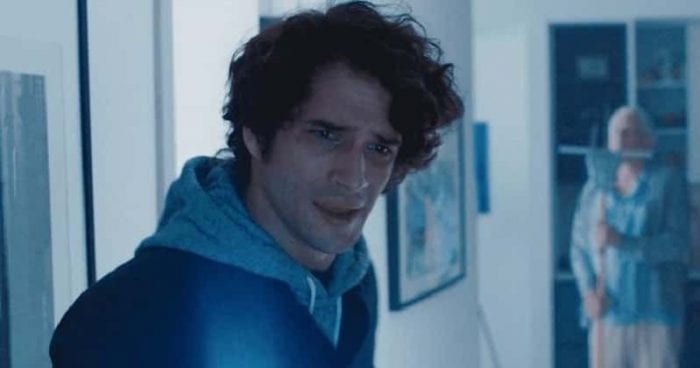
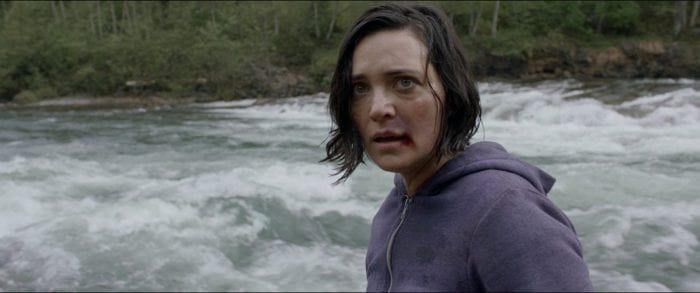
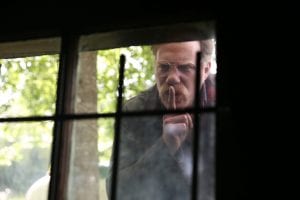
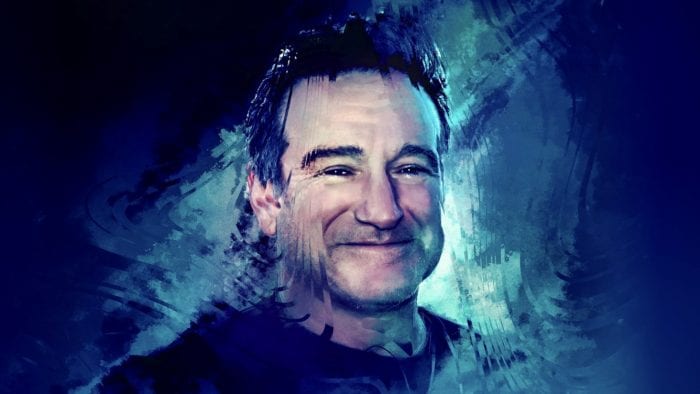


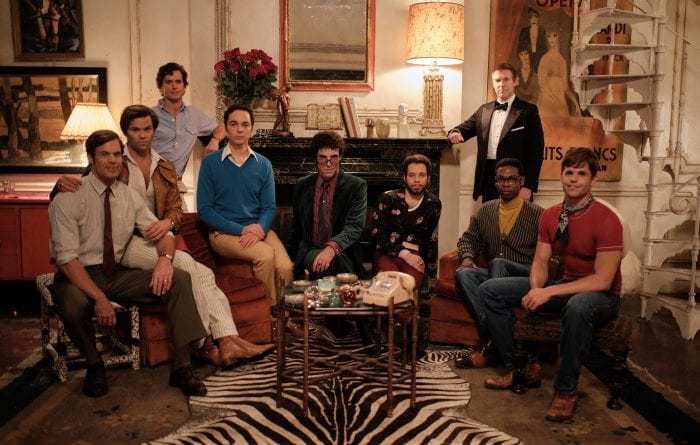


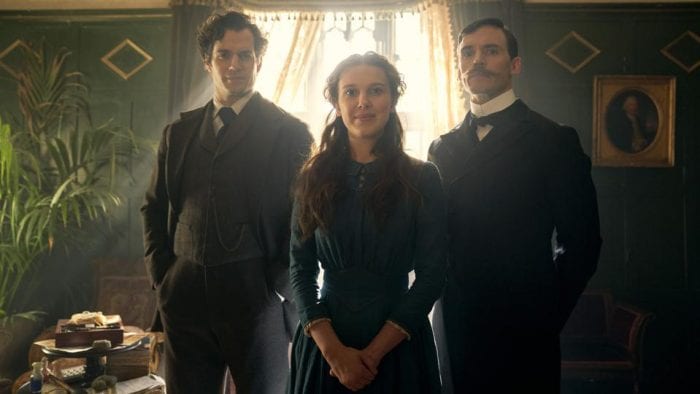

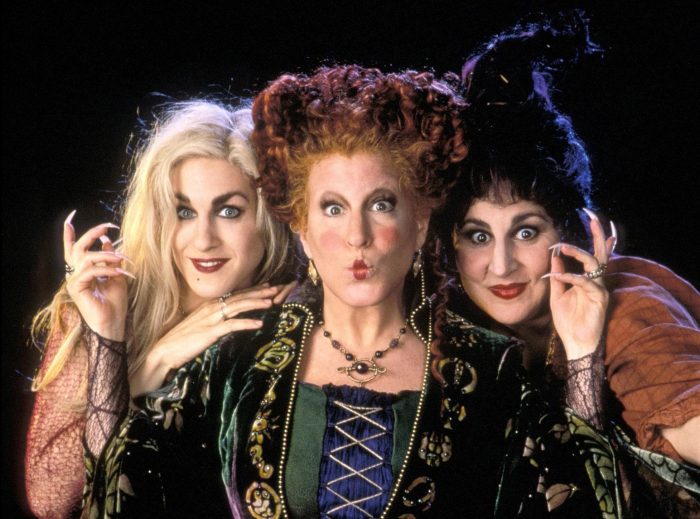
 Suffolk County Vanderbilt Museum, 180 Little Neck Road, Centerport continues its outdoor movie night series with a screening of the Halloween classic “Hocus Pocus” on Friday, Oct. 2 and “Nightmare Before Christmas” on Oct. 3 at 6:30 p.m. and again at 9:30 p.m. Please arrive a half hour before showtime. Admission for those who sit in their cars is $40 per carload, $34 for members. Bring lawn chairs and sit outside: admission is $30 per carload, $24 for members. Ice cream and snacks will be sold. Tickets for this fundraising event are available online only at www.vanderbiltmuseum.org. No tickets will be sold at the gate. Questions? Call 854-5579.
Suffolk County Vanderbilt Museum, 180 Little Neck Road, Centerport continues its outdoor movie night series with a screening of the Halloween classic “Hocus Pocus” on Friday, Oct. 2 and “Nightmare Before Christmas” on Oct. 3 at 6:30 p.m. and again at 9:30 p.m. Please arrive a half hour before showtime. Admission for those who sit in their cars is $40 per carload, $34 for members. Bring lawn chairs and sit outside: admission is $30 per carload, $24 for members. Ice cream and snacks will be sold. Tickets for this fundraising event are available online only at www.vanderbiltmuseum.org. No tickets will be sold at the gate. Questions? Call 854-5579.